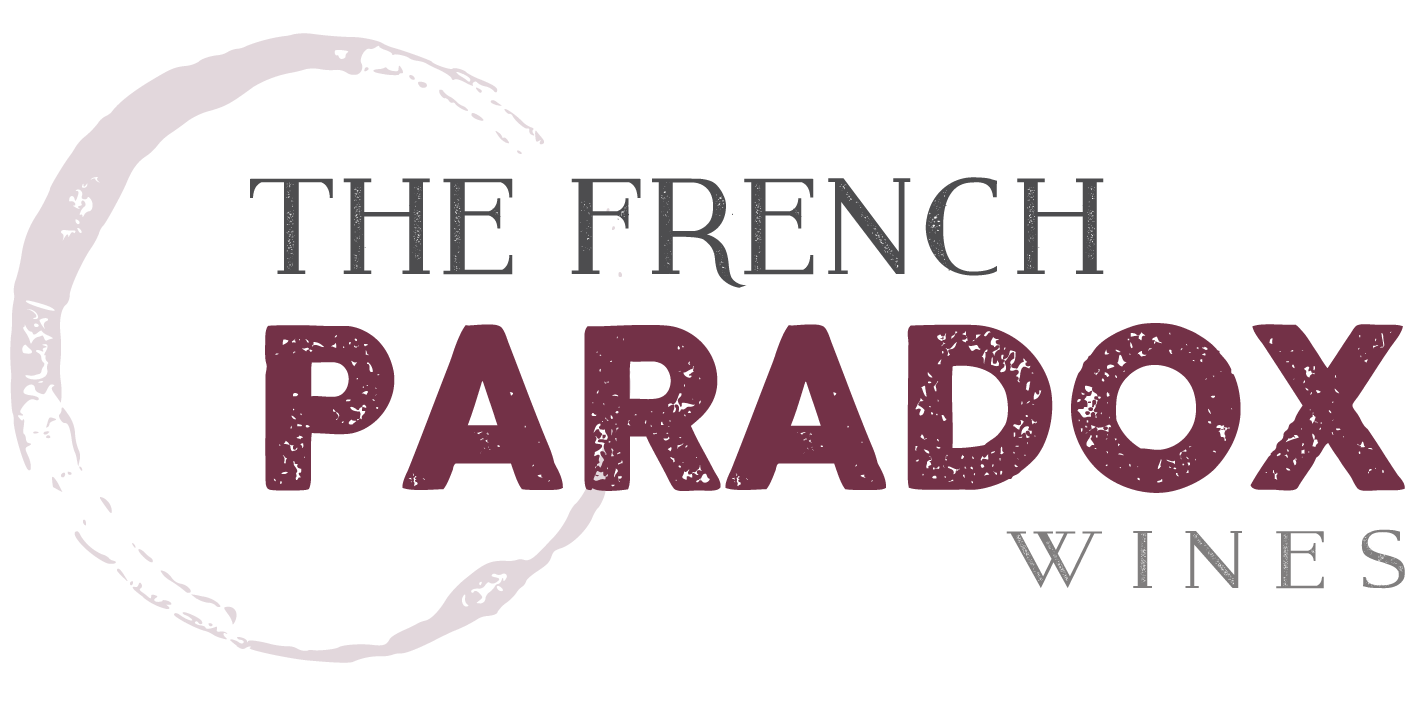Resolved: All wine is good.
Now, that doesn’t mean that you must like them all. If fact, you don’t have to like any. Or many. You’re well within your rights to prefer whites over reds (as true connoisseurs do) and to prefer young, sweet, fruity wines that don’t age well (like Napa Cabs) to more stately and structured wines that do (Burgundies). But it’s not ok to pretend that a wine is not good just because you don’t like it.
Are you listening, wine critics?
The world of wine is vast and complex and often inscrutable. We know that the same grape will develop and smell and taste differently based upon a array of factors in the vineyard; key among them weather, climate, soil, elevation, drainage, temperature, ripeness (or lack thereof). And if, perchance, all those factors are identical, the treatment and handling of the grapes in the winery can change the finished product slightly, dramatically or not at all. And finally, depending upon the mood, location, temperature, culture, experience and bias of the consumer, the wine tastes differently yet again. (We’ve also left out age, travel, shipping, closure and storage as additional potential altering factors.)
A very scant few understand the larger picture of wine; that all of the above impact who likes the wine and why. Most people that express an opinion about wine can’t even list the above factors (not to mention the ones that I left out) let alone use the very existence of those factors as a tool in judging a wine. So then how do wine critics justify assigning a precise numeric value to a wine, in essence, determining its value, telling you if, and how good a wine is.
Is the tortonian soil of Barolo ‘better’ that the calcareous of Champagne? Is the 2500 meter elevation of vineyards of Mt. Etna ‘better’ than the 280 meter elevation of Gevrey-Chambertin? Is the late afternoon sun of Columbia Valley ‘better’ than the early morning of Tuscany? And…why?
Because the conditions and factors are so disparate, so diverse, it’s impossible to judge apples side by side. What’s better…a HoneyCrisp apple from Minnesota or a Gravelstein from Sonoma? What makes anyone believe that wines are any more measurable on a qualitative basis than apples?
I’ve been attempting to puzzle out a wine ranking system for years. It’s just not possible. Does one separate out characteristics and rate them individually and then total? 1 thru 5 for viscosity, ditto for color, acidity, fruit, structure, mouthfeel, bouquet, finish? Wait…does color matter? (not really). Then how about clarity? Is thick and juicy better than less thick and ‘grippy’. Maybe judge on a 5 point scale, 3 is perfect and both 1 and 5 are flawed, each in their own way? Call it the Goldilocks scale? So then a 24 point wine is better than both an 8 and a 40!
So, let’s take a step back.
Since all wine is good, then the opinion of the critic is…an opinion. To express that opinion on a numeric scale is fine, really, its okay, as long as we all realize that putting an number on an opinion doesn’t change the fact that it’s still only an opinion and there is no rational, logical or truthful methodology behind if. If the opinions, the biases, of a particular critic or commentator align with your opinions, great. However, if a critic or commentator pretends to have discovered some measuring implement, some scale or caliper or concrete benchmark that allows for precision measurement, that’s fraudulent.
So here’s my proposal. Wine Critic A can use any unit of measure that he or she likes. But then no one else can use the same unit. So Wine Critic A’s 92 ziggurats can’t be compared to Wine Critic B’s 87 somalians. We’ll then understand that each scale is nothing more than shorthand and that each critic’s shorthand is completely unrelated to any other critic’s shorthand. Therefore any comparison between differing wines (beyond personal preference) is daft. And as already established, I’m claiming ‘porridges’ for my unit of measure. And if you like porridge better than somalians than I win. Because, as we all know, all wine is good.
